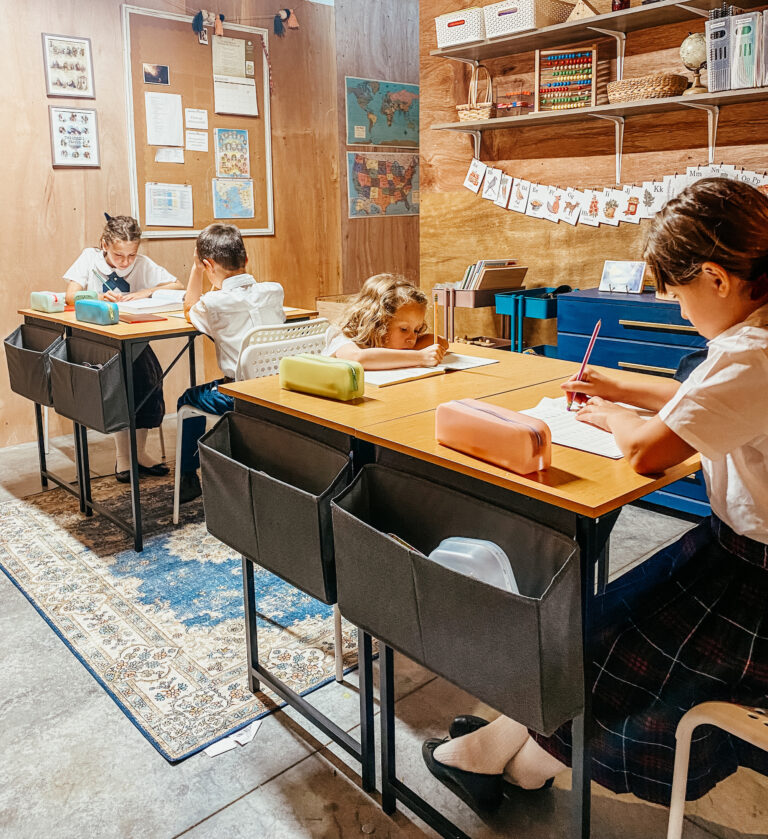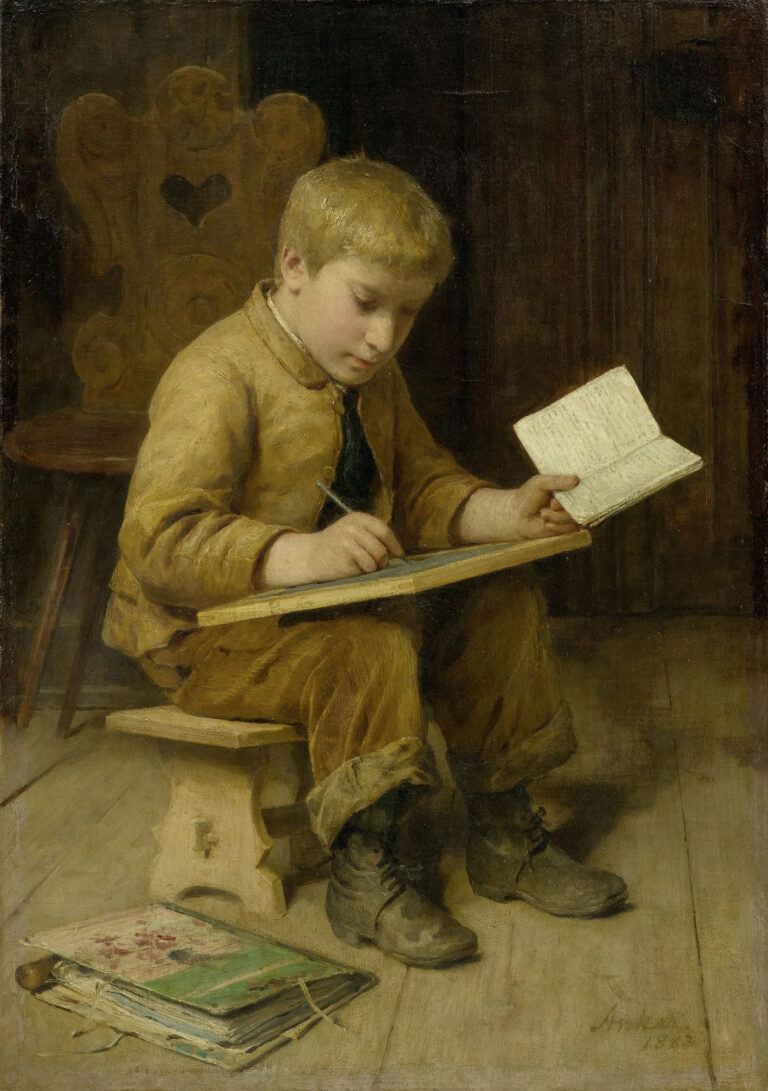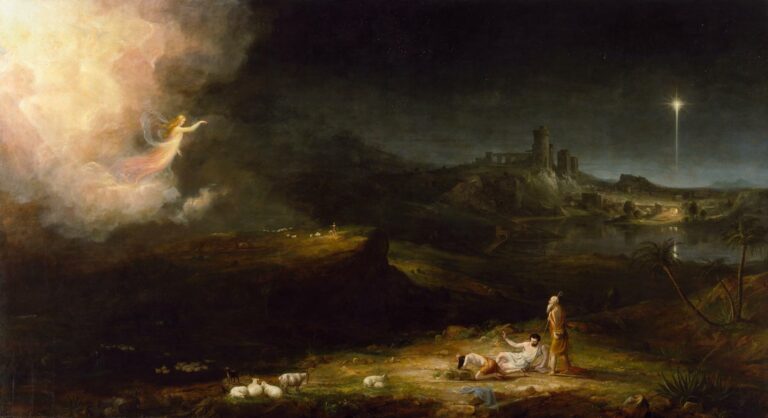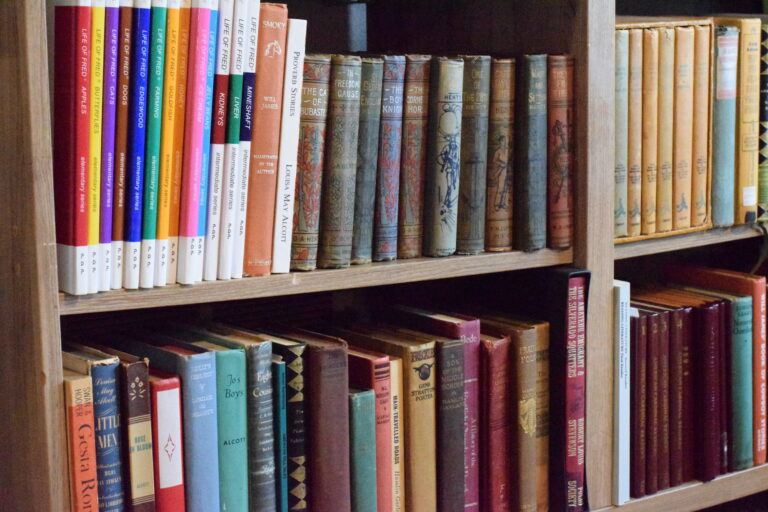Disclosure: Joyfully Domestic may earn a commission for purchases made after clicking links on this page. View our disclosure policy for details.
In a Classical Charlotte Mason education rooted in the poetic mode, picture study is a quiet formation in wonder. Rather than dissecting or analyzing art, children are invited to behold it with reverence, allowing beauty to speak directly to the soul.
By slowly contemplating one masterpiece at a time, they begin to recognize Truth, Goodness, and Beauty in visual form, cultivating habits of attention, memory, and love. This gentle, wonder-filled approach—so central to both Mason and John Senior’s vision—nurtures not only artistic appreciation but the moral and imaginative life of the child, shaping their affections toward what is noble and eternal.

Picture Study in a Classical Charlotte Mason Education
So, let’s chat about how to teach picture study in the homeschool, based on a Classical Charlotte Mason method. I’m sharing how our homeschool teaches picture study and my favorite resources for studying artists & their works.
Recently, I shared how we were planning picture study in our homeschool year on Instagram. And I received questions about how we incorporate this into our school lessons & some of my favorite resources for picture study. So, I decided to write up a quick post with various resources.
This post has been updated from the original publish date of July 28, 2020. The way we have done picture study over the years has changed slightly and I’ve found new favorite resources that I’m sharing.
What is Charlotte Mason picture study?
In Charlotte Mason’s philosophy, picture study is a quiet, contemplative habit that trains the eye to see and the heart to love what is beautiful. It is not art instruction but rather a form of receptive contemplation—a slow, interiorized encounter with great works of art.
Mason believed that children should form personal relationships with noble ideas, and she considered great art to be one of the highest forms of such ideas.
Picture study is a great way to introduce your children to works of art. And it doesn’t take very much of an extra time commitment. One artist is studied per term, with a variety of their works being included per term.
How it works in practice:
- One artist is studied for six weeks or a full term. — We do 1 per term and it has worked well for us.
- One masterpiece is introduced per week, shown to the child without explanation.
- The child observes the work in silence for several minutes.
- The picture is then taken away, and the child narrates what he or she remembers—this may be verbal or written.
- Over time, the child forms a living acquaintance with the artist’s style, themes, and worldview.
This method cultivates the habits of attention, observation, memory, and inner vision, and over time, builds an inner gallery of beautiful and noble images.
So… let’s break down a lesson a bit as an example, the first term of a school year, we studied Rembrandt. I have a collection of his works and we would study one of those works for the week.
The children should study the chosen work (in print form, if possible) for a few minutes. And then the image will be removed or flipped over, leaving the children to narrate what they remember from the picture.
The image is brought back in and we will have a little more discussion.
We dedicate only about 10-15 minutes of this per week and usually during tea time. Adding in more information about the style of the art or the life of the artist can also be included during this time as well.
We leave the images on display in the school room for all to review throughout the term. And this always inspires more conversations about the artists and their works.
It’s also really fun to see the children make connections through their readings or other situations they come across.

Picture Study in the Poetic Mode of Education (John Senior Inspired)
John Senior, in his writings on the poetic mode, laments the modern tendency to analyze and dissect before we have learned to love. He calls instead for a recovery of poetic knowledge—a connatural, contemplative knowing that begins in wonder and ends in love.
Applied to picture study, this means:
- Avoid over-analysis or premature critique. Instead of asking a child to interpret symbolism or themes, we allow them to behold the work in stillness.
- Prioritize the experience of beauty over the technical details of composition or historical facts.
- Let the painting “speak” first. The child learns to attend to it not as an object of utility, but as something given—a gift to be received in wonder.
- Connect the artwork to other beautiful things: poetry, music, nature, and liturgy. A painting of the Annunciation, for example, might be paired with a reading from Luke’s Gospel or a hymn from the Divine Office. But remember, we want the children to come at this with wonder and without us providing too much critique or overemphasis.
Senior would say that true education is not informational but formational—and great art, encountered in a spirit of reverence, helps shape the soul toward Truth, Goodness, and Beauty.

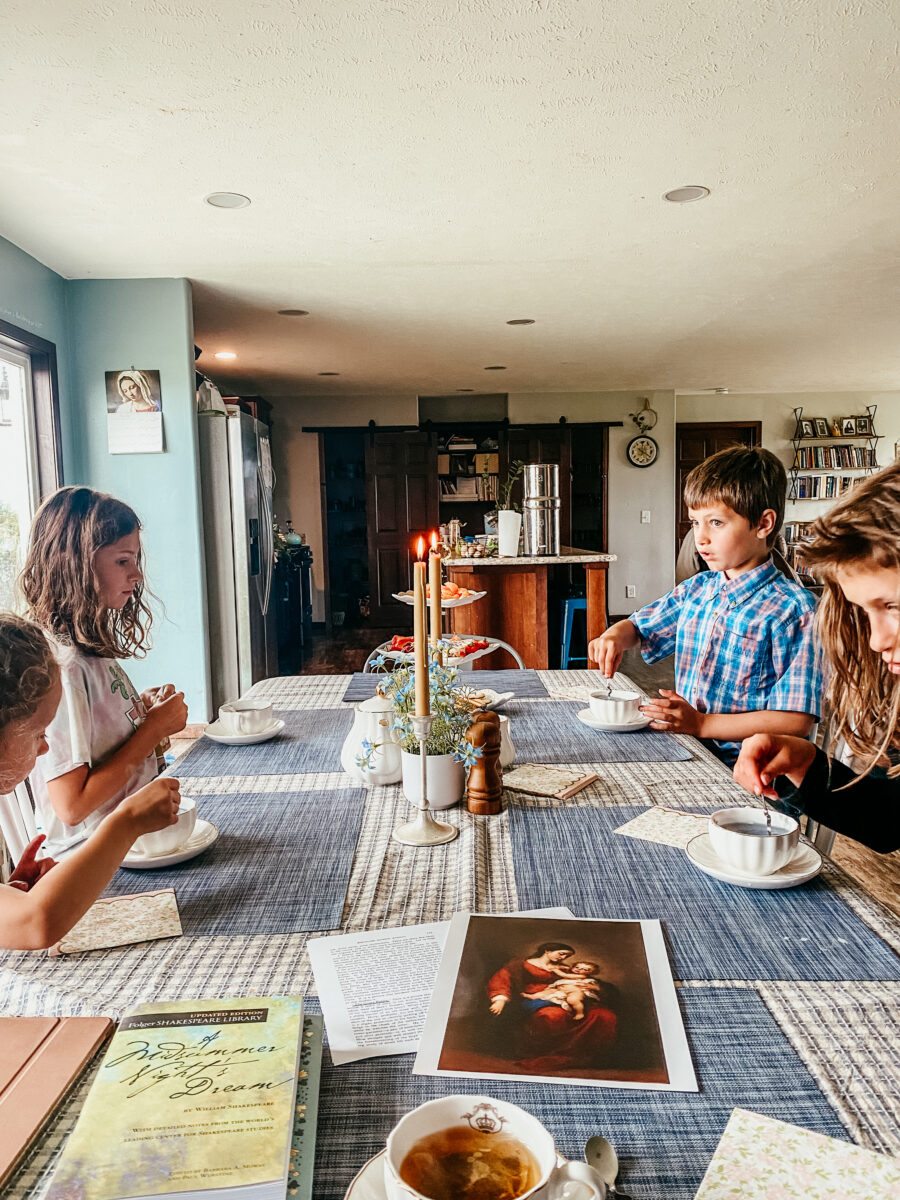
Integrating the Two: Picture Study as Formation in Wonder
In a homeschool following both Charlotte Mason and the poetic mode:
- Choose artists whose works reflect transcendentals—Truth, Goodness, and Beauty (e.g., Fra Angelico, Giotto, Bouguereau, Millet, Rembrandt, Murillo, Raphael, da Vinci, just to name a few).
- Introduce sacred art during the liturgical year to form the imagination alongside the rhythm of the Church. We do this through especially our liturgical board.
- Let your home be visually rich—art prints displayed seasonally, encouraging slow familiarity.
- Encourage your children to dwell with the painting—not to master it, but to be mastered by it.
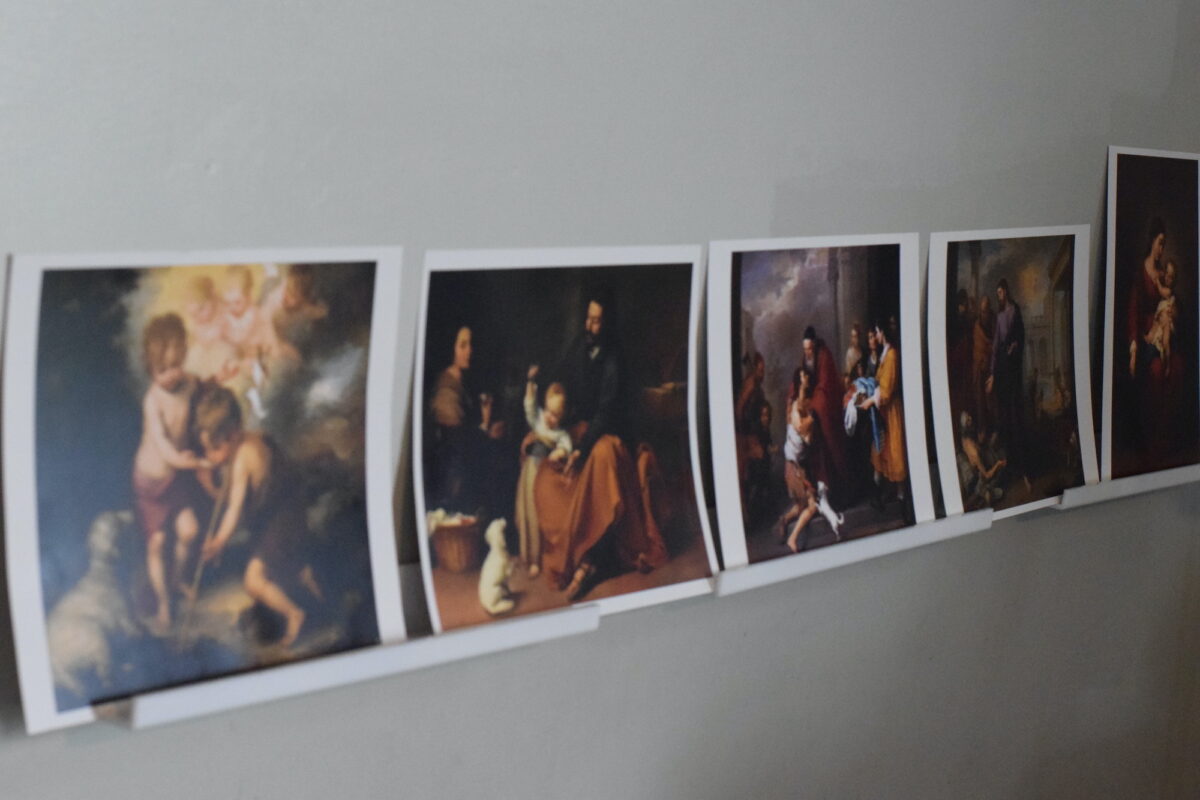
Picture Study Sources
Ambleside Online – a lot of great information on picture study, artists info, and links to a variety of sources.
Simply Charlotte Mason – large picture study images available for purchase. This is where we started and they are such great quality! I also love their Bible themed studies to pair with our Morning Time Bible readings!
Riverbend Press – Another favorite resource for quality prints for picture study! They offer large and small images that work well for picture study! I specifically love the PNEU options.
Introducing Art to Little Ones
When my children are young, we start picture study with the I Spy book series. They introduce the children to classical art in a fun book form, also including the alphabet and numbers. I used these for the children to view at their leisure when they are young (usually toddler-preschooler).
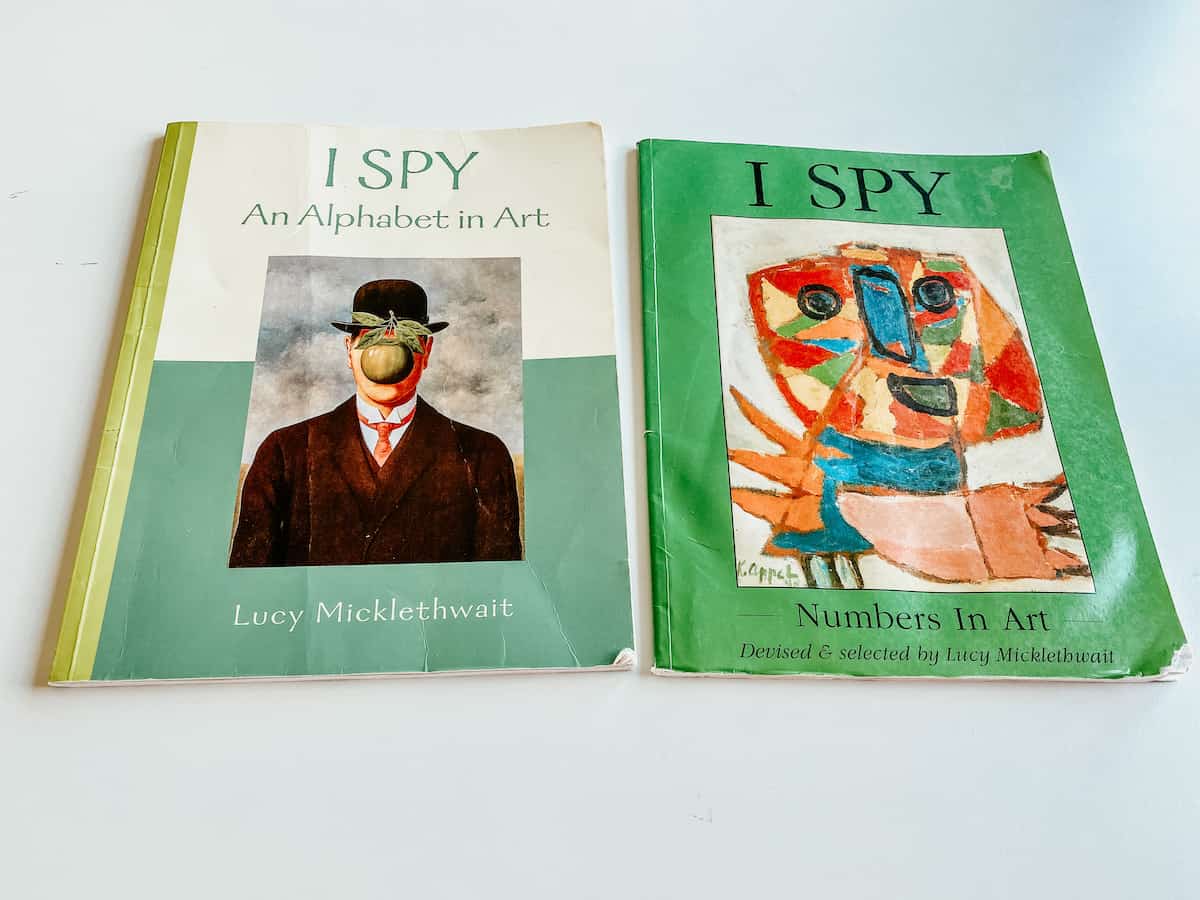

Links to the I Spy art book series:
Once in Kinderleben, we move on to using artist prints. Again, Riverbend Press, has a great Kinderleben print set, that we’ve loved in the younger years.
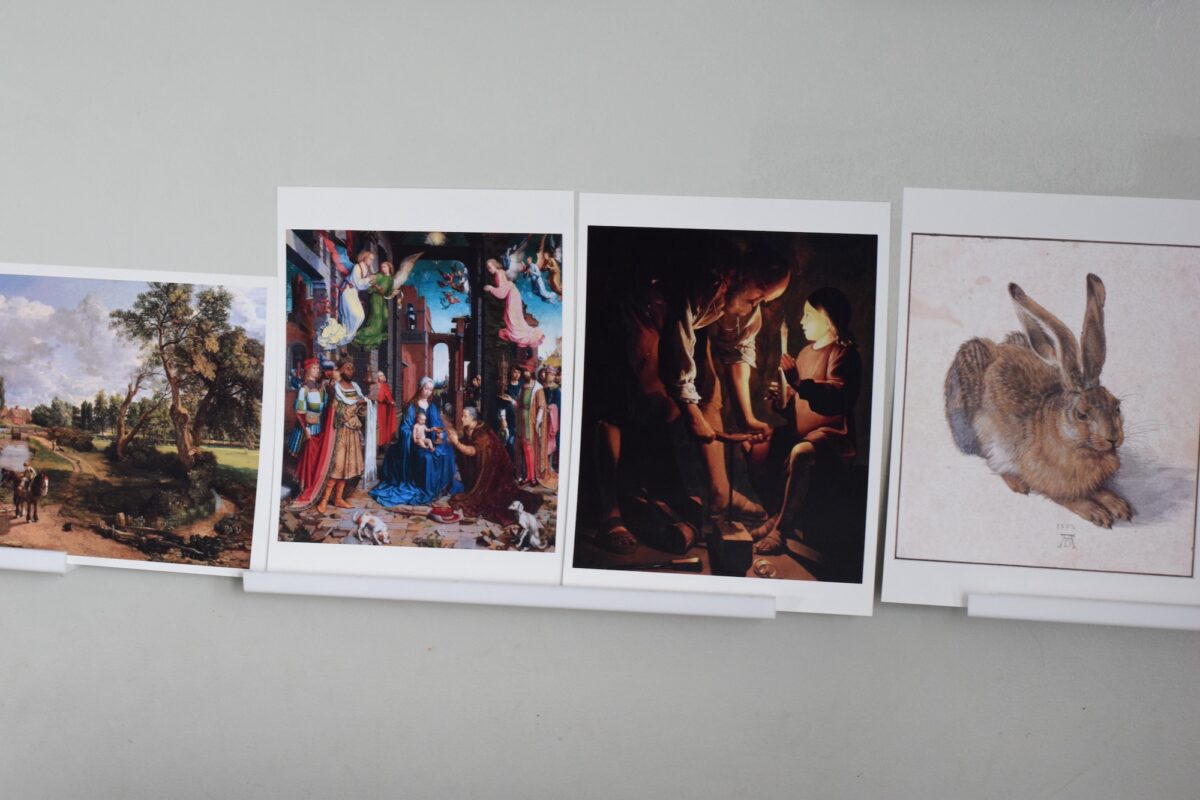
Resources for the Mother Teacher
- The Home Education Series by Charlotte Mason
- An Education in Wonder + Changes to our Homeschool
- What is an Education in Wonder? A Guide to the Poetic Mode
- The Children’s Tradition — Use code: JOYFULLYDOMESTIC for 10% OFF!
- Awakening a Sense of Wonder in the Mother Teacher
- “The Death of Christian Culture” by John Senior
- “The Restoration of Christian Culture” by John Senior
- “John Senior and the Restoration of Realism” by Fr. Francis Bethel
- Stories of the Painters by Amy Steedman — teacher resource
- Riverbend Press
- Picture Study Portfolios
- Parents’ Review Article: “Picture Talks“
- Parents’ Review Article: “How to Show Children Our National Gallery“
So, there you have a few of the best resources that we use for Charlotte Mason picture study. Super simple and wonderful addition to the homeschool! What are your favorite resources to use?
What stands out to you from These ideas?
I hope that you found this post helpful. And I’d love to hear what resonates most! Tell me what you’d add to this list and/or share your favorite resources with us in the comment section below!
